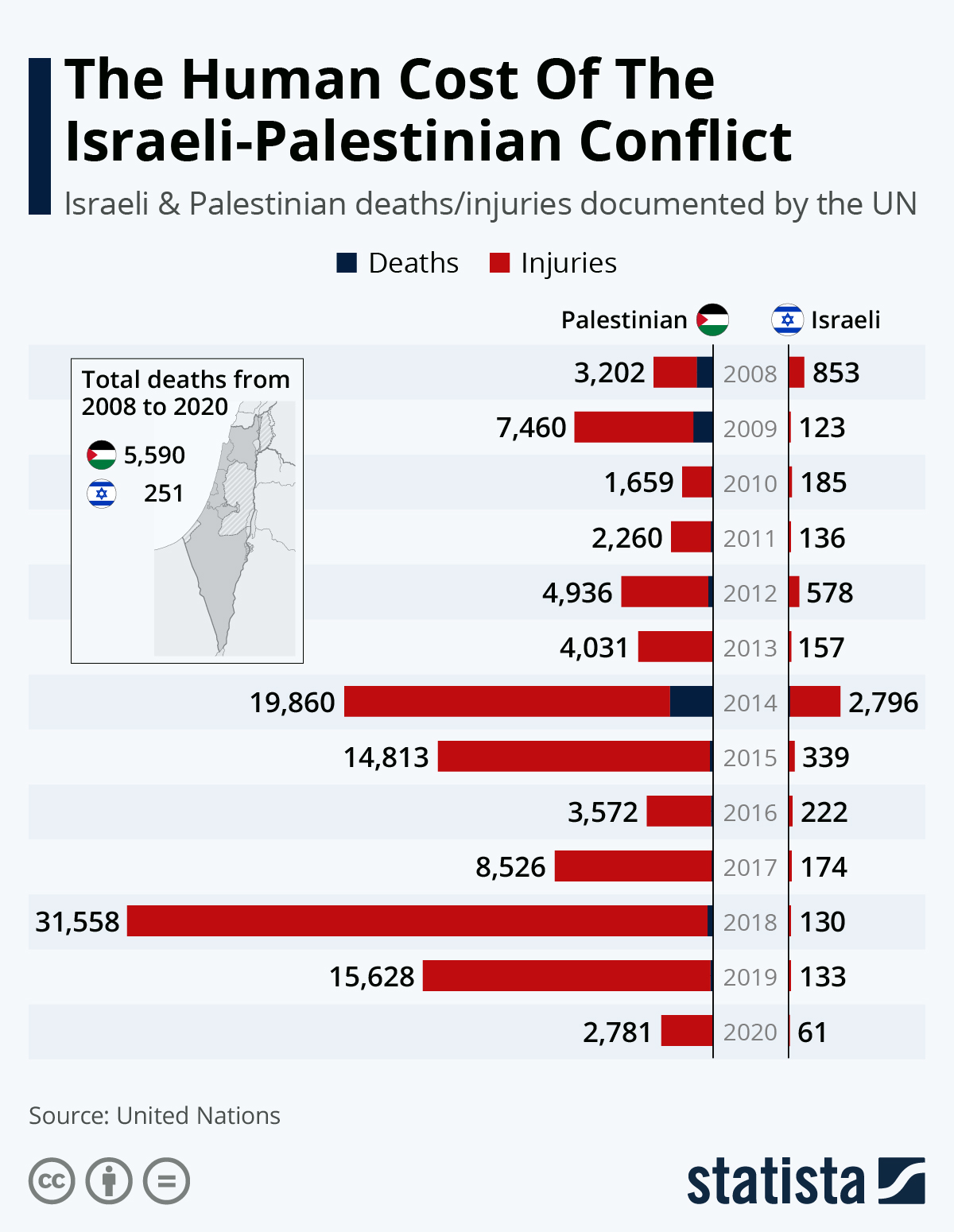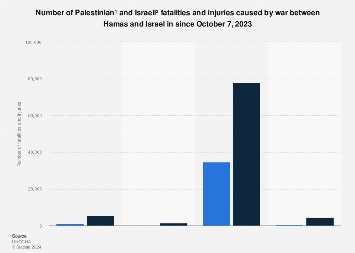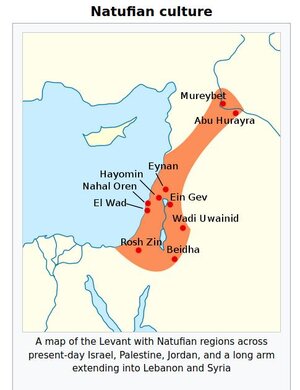You are using an out of date browser. It may not display this or other websites correctly.
You should upgrade or use an alternative browser.
You should upgrade or use an alternative browser.
Phylo
Veteren member
- Messages
- 4,476
- Likes
- 400

Bearing witness: No safety for children in Gaza-UNICEF spokesperson James Elder gives a firsthand account of the impact of the war on children and families
15 December 2023
By James Elder
Nothing could prepare me for my recently concluded mission into the Gaza Strip, where children face catastrophic conditions. In my twenty years with UNICEF, traveling from one humanitarian crisis to the next – from famines to floods and war zones to refugee camps – I’ve simply never seen such devastation and despair as is happening in Gaza.
The intensity of the attacks, the massive number of child casualties, the desperation and panic of the people on the move – people who already have nothing – is palpable. It is humanitarian disaster on top of humanitarian disaster.
Near the start of the recent brief pause in fighting, we set out early in the morning at Rafah on the border with Egypt. Our convoy of trucks carrying vital humanitarian aid made its way slowly in a punishing journey north to Gaza City, which hadn’t seen aid in weeks. The two cities are just 35 kilometres apart, but travelling through a war zone always makes distances seem more daunting.
Along the way, I saw apartment building after apartment building, home after home, flattened by the bombings, a dystopian scene that stretched for miles.
In Gaza City I got out to look more closely at a building that had been reduced to rubble. Inside, I noticed bloodstains, but it’s impossible to know whether the people who were pulled out of this mass of concrete survived.
I will never forget how a man in his 60s walked out from the ruins of a recently bombed apartment building. At first, I thought he was indicating the number 10, as in 10 people had been killed. But he corrected this, using a stick to write in the dirt: 30. It wasn’t the number of people killed. It was the number of his extended family members killed in the blast.
This man had lost everyone, his whole extended family, everyone he loved. At the start of this war, UNICEF said Gaza was a “graveyard for children and a living hell for everyone else.” It has only gotten worse as the bombing and fighting have continued.
There was a hope that the devastation seen before the pause would not be repeated should the fighting resume. But after hearing hundreds and hundreds of rounds of artillery and more explosions, I could tell that it’s happening.
Within hours, the humanitarian pause felt too long ago.
I walked across the wreckage of what I was told was once a tight-knit community that is now broken glass, rubble and steel crunching under my feet. Homes sliced open, their contents exposed like doll houses, the inside of lives laid bare.
Against the grey rubble, eerie remnants of normalcy cropped up, like a sofa on a third-floor apartment with no walls, or a painting on the only wall left standing after a blast.
I looked at what was once a child’s bedroom, with pink blankets, a cupboard, shelves full of books, fluffy stuffed toys. It looked like the room of any 12-year-old girl, from any middle-class family, anywhere in the world. It was largely untouched. The little girl would have been safe if she wasn’t in another room with her family when the home was struck.
Driving through Gaza there’s never much time for reflection. The aid convoy needs to keep moving.
Along the route we saw the same theme repeated in neighborhood after neighborhood: basic needs are not being met. People need water and nourishment. Hospitals need medicine. This convoy has all those things. But despite our efforts and those of our UN colleagues, I know it’s not enough. It’s not nearly enough.
As one of my UNICEF colleagues noted just a couple of weeks into the war, the killing and maiming of children, abduction of children, attacks on hospitals and schools, and the denial of humanitarian access are a stain on our collective conscience. It was true then, it remains true now.
From Gaza City we pushed further north, to Jabaliya. The first thing I noticed were the piles of rotting garbage outside hospitals, offices and schools. Sanitation and rubbish collection services have broken down completely, of course, as trucks have no fuel to collect it and the conflict has displaced most of the workers who do these jobs anyway. One hospital we visited, Al-Ahli Arab Hospital,was utterly chaotic. It was overcrowded, loud, intense. Our trucks were delivering medical supplies while wounded people were being rushed in bleeding.
We eventually made it back to the south of Gaza, to what we call the Joint Operation Centre. That’s where dozens of UN workers meet to discuss the next mission. The mood was sombre. We all know what Palestinian families need: they need more of everything, especially medicines, water, fuel, food.
But genuine safety for Gaza’s children depends on parties to the conflict ensuring that humanitarians have unimpeded access to civilians wherever they are… on our ability to bring water, essential food, nutrition supplements, fuel and other humanitarian supplies into the territory… and on parties implementing an immediate humanitarian ceasefire.
Unless those conditions are met, children in Gaza are now in danger from the sky, disease on the ground, and death from hunger and thirst. Nowhere is safe.
The children of Gaza have suffered enough. We need a humanitarian ceasefire, and peace, now.
Video: UNICEF spokesperson James Elder on the situation in Gaza | UNICEF
Phylo
Veteren member
- Messages
- 4,476
- Likes
- 400

Infographic: The Human Cost Of The Israeli-Palestinian Conflict
This chart shows Israeli & Palestinian deaths/injuries documented by the UN in Gaza and the West Bank.
Phylo
Veteren member
- Messages
- 4,476
- Likes
- 400
Number of Palestinian & Israeli casualties caused by the Hamas-Israel war 2023
Published by Statista Research Department, Jan 4, 2024


 www.statista.com
www.statista.com
Published by Statista Research Department, Jan 4, 2024

Israel & Palestinian territories: number of fatalities & injuries caused by the Israel & Hamas war 2023| Statista
Since the terrorist organization Hamas launched its attacks on Israeli soil on October 7, 2023, around 1,200 Israelis died, and 5,431 were injured.
Phylo
Veteren member
- Messages
- 4,476
- Likes
- 400
Phylo
Veteren member
- Messages
- 4,476
- Likes
- 400
The Natufian culture is a Late Epipaleolithic archaeological culture of the Neolithic prehistoric Levant in Western Asia, dating to around

Souce: Natufian Culture - https://en.wikipedia.org/wiki/Natufian_culture
The Natufian sample consisted of
THE GENETIC ORIGINS OF THE PALESTINIANS : Source: YouTube
THE GENETIC ORIGINS OF THE ANCIENT ISRAELITES : Source: YouTube
- 15,000 to 11,500 years ago.

Souce: Natufian Culture - https://en.wikipedia.org/wiki/Natufian_culture
The Natufian sample consisted of
- 61.2% Arabian,
- 21.2% Northern African,
- 10.9% Western Asian, and
- 6.8% Omotic ancestry (Figure 1G and Table 1).2 Jul 2018
THE GENETIC ORIGINS OF THE PALESTINIANS : Source: YouTube
THE GENETIC ORIGINS OF THE ANCIENT ISRAELITES : Source: YouTube
Last edited:
Phylo
Veteren member
- Messages
- 4,476
- Likes
- 400
Palestinian doctor Hani Bseiso faced an agonizing decision when his teenage niece was wounded by Israeli shelling of her Gaza City home: amputate her leg, without anesthetic, or risk her bleeding to death.This report contains graphic images. Lucy Fielder has more.


